The semi-truck industry relies on efficient power transfer between the tractor and trailer for optimal performance. A crucial aspect of this system is the harness current — a key factor affecting various operational components such as lighting, braking systems, and even auxiliary power requirements. In this article, we will dissect the intricacies of harness current, evaluate its impact on semi-trailer performance, and explain how to effectively manage and troubleshoot issues related to this critical electrical component.
What is Harness Current?
Harness current refers to the electrical current that flows through the wiring harness connecting a semi-truck to its trailer. This current is vital for powering multiple systems within the trailer, including:
- Lighting Systems: Tail lights, brake lights, and turn signals.
- Braking Systems: Electric brake applications, which provide additional stopping power.
- Auxiliary Systems: Appliances, air conditioning systems, or any additional electrical equipment.
Understanding the specifications and limitations of harness current allows drivers and fleet managers to ensure their vehicles operate safely and efficiently.
Key Components Impacting Harness Current
The harness current is affected by several components in a semi-truck and its trailer. Below is a detailed analysis:
| Component | Function | Impact on Harness Current |
|---|---|---|
| Connector Plugs | Responsible for connecting the truck and trailer looms | Poor connections can lead to voltage drops |
| Wiring | Conducts electrical current from the engine to trailer | Undersized or damaged wiring can overheat |
| Fuses and Breakers | Protects electrical systems from overloads | Faulty fuses/breakers can interrupt power flow |
| Ground Connections | Provides a return path for the current | Bad ground connections lead to erratic performance |
| Load Ratings | Indicates the maximum current carrying capacity | Exceeding load ratings may cause overheating |
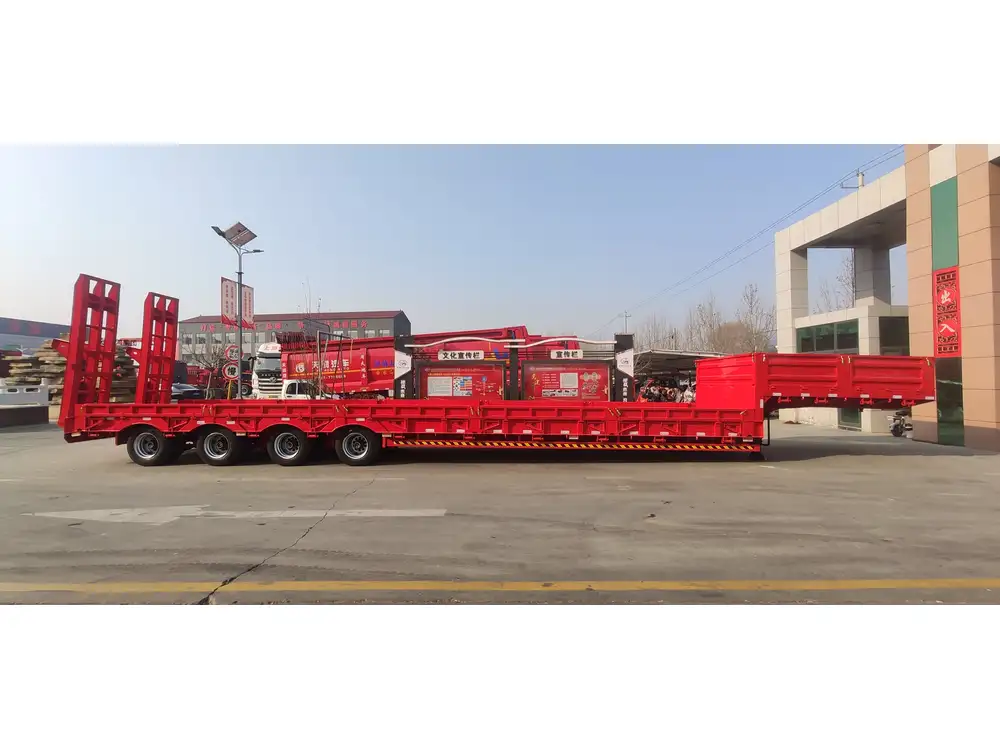
Calculating Harness Current: A Step-by-Step Guide
Measuring the harness current is crucial for understanding the electrical demands of a semi-truck and its trailer. The following steps outline how to go about this:
1. Gather Equipment
To accurately measure current, you’ll need:
- Multimeter: For measuring current.
- Wiring Diagram: Helps in identifying test points.
- Safety Gear: Gloves and goggles for protection.
2. Identify Connection Points
Locate the main connector points between the truck and the trailer. This is usually found in the vicinity of the fifth wheel or at the rear of the semi-truck.
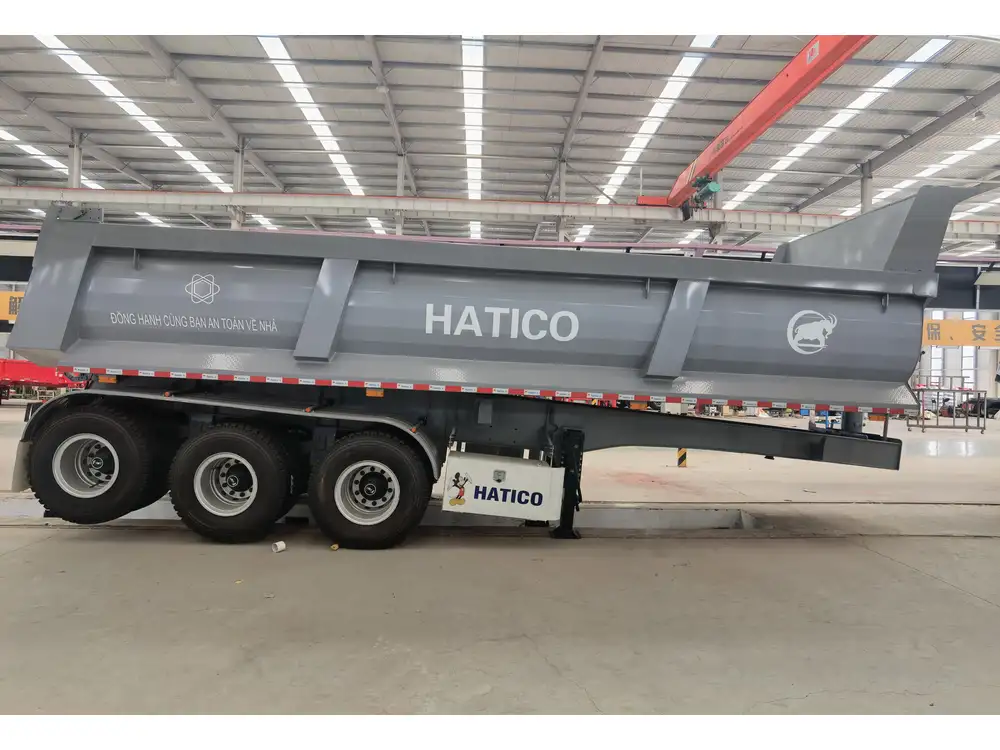
3. Disconnect Power
Before performing any measurements, ensure that the semi-truck is turned off, and disconnect any power source to the trailer.
4. Set Up the Multimeter
Follow these steps:
- Set your multimeter to the amperage setting.
- Connect the probe to the positive terminal of the connector, and the other probe to the corresponding point on the trailer side.
5. Reconnect Power
Start the semi-truck and re-test the electrical systems (e.g., lights and brakes) to check for current flow. Monitor the multimeter reading throughout the different operations to determine the harness current levels.
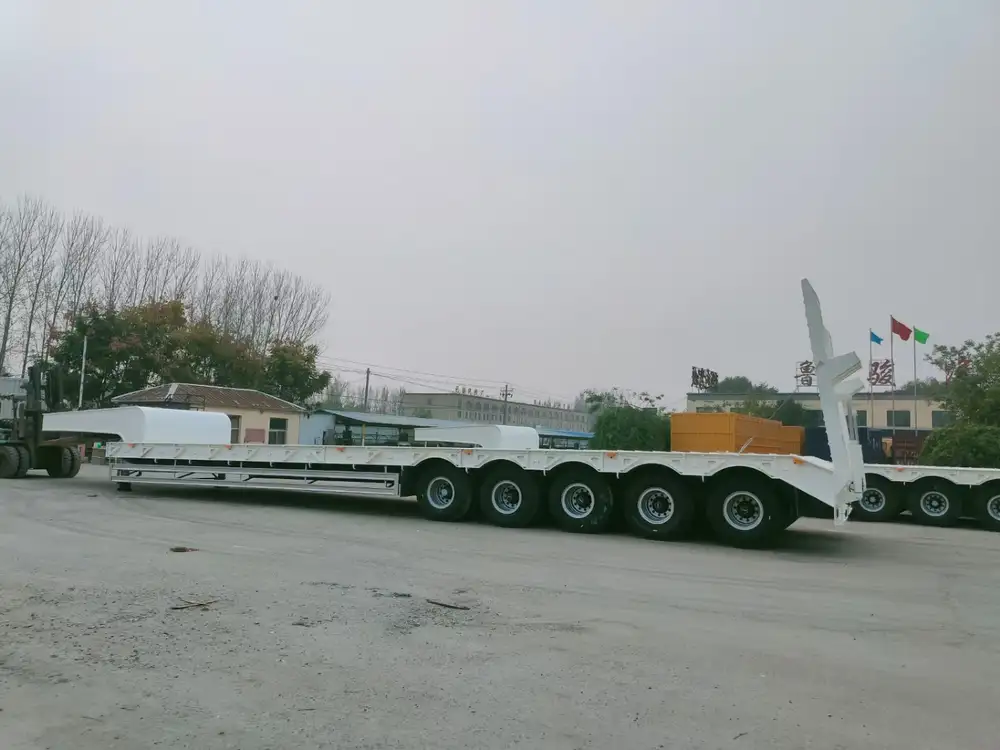
6. Record the Data
Document the readings for future reference, especially if troubleshooting or comparing with manufacturer specifications.
Types of Harness Current: An Overview
Harness current is not a “one-size-fits-all” term. Depending on the system being powered, harness current can take various forms:
Constant Current: Typically required for stationary applications such as interior lighting, where a steady voltage is needed.
Variable Current: Found in braking systems where power fluctuates based on operational demands (brake application).
Pulse Current: Occurs in applications like electric over hydraulic braking systems, where intermittent current pulses are used during quick braking events.
Understanding the distinctions allows for informed troubleshooting and effective electrical system design in both trucks and trailers.
Consequences of Inadequate Harness Current
Operating a semi-trailer with insufficient harness current can lead to an array of problems:
Dimming Lights: Insufficient voltage can cause lights to dim, severely affecting visibility during night operations or inclement weather.
Inefficient Braking: With compromised current flow, electric brakes may fail to deploy effectively, leading to increased stopping distances.
Electrical Component Failure: Over time, inadequate harness current can result in the failure of fuses, relays, and other critical components, leading to costly repairs.
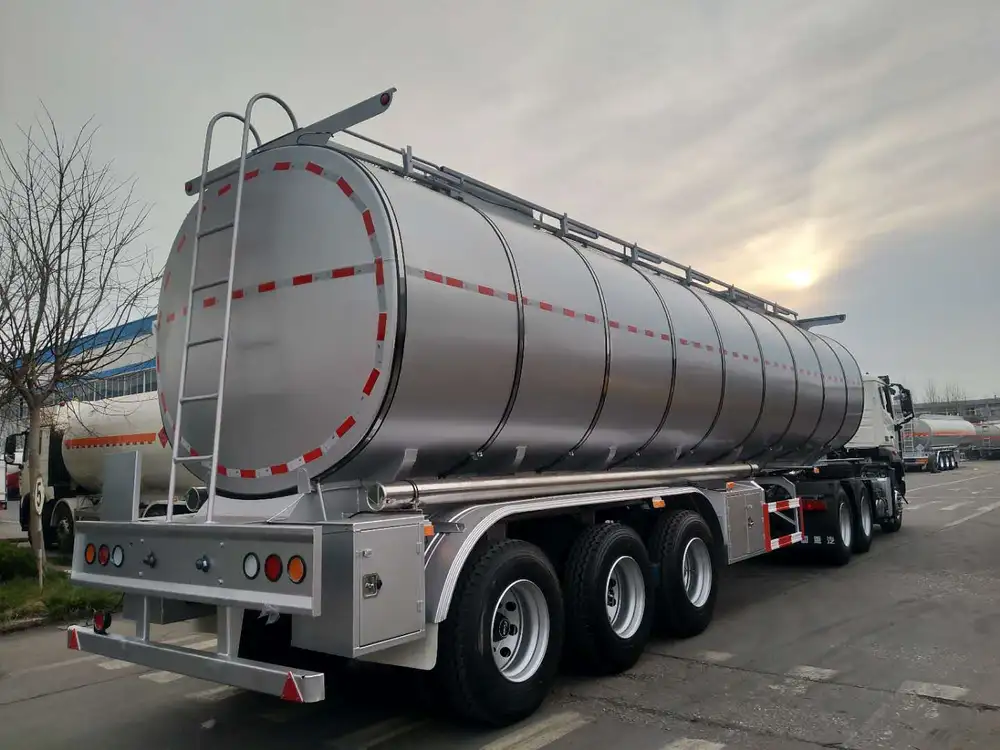
Preventive Maintenance Tips
To prevent issues related to harness current, consider implementing the following:
Regular Inspections: Schedule systematic checks of wiring connections, especially for signs of wear and tear.
Upgrade Components: If you frequently experience problems, consider upgrading connectors and wiring to higher capacity alternatives that can handle increased loads.
Proper Grounding: Ensure all ground connections are clean, secure, and free from rust or corrosion to minimize resistance.
Table of Recommended Wiring Sizes
| Current (Amps) | Recommended Wire Size (AWG) |
|---|---|
| 5 | 18 |
| 10 | 16 |
| 20 | 14 |
| 30 | 12 |
| 40 | 10 |
Troubleshooting Harness Current Issues
If issues arise, it’s crucial to troubleshoot effectively. Below is a structured approach:
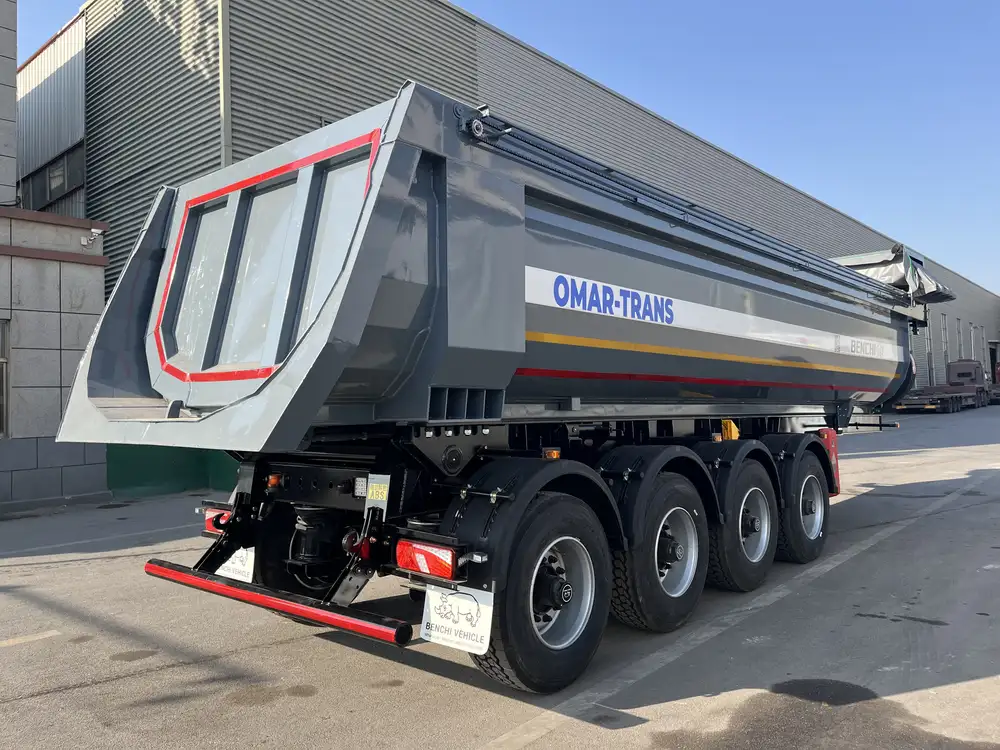
Symptoms of Harness Current Problems
- Warning Lights: If dashboard warning lights are activated related to electrical systems.
- Intermittent Functionality: Systems that work sometimes but fail at others.
- Heat Emission: Noticeable warmth around wiring or connectors.
Stepwise Troubleshooting
Visual Inspection: Begin with a comprehensive look over the wiring harness, connectors, and components to identify visible damage or wear.
Voltage Testing: Use a multimeter to check voltage at different points along the harness. Look for significant drops which may indicate problems.
Load Testing: Apply load to the electrical system while testing to determine if current can adequately support operational demands.
Replace Faulty Components: If specific sections of wiring or connectors show inability to carry current, replace them promptly to restore functionality.
Consult Manufacturer Specifications: Compare your measurements against the manufacturer’s recommendations for analysis.
Optimizing Harness Current for Enhanced Performance
To maximize the efficacy of harness current in semi-trailer operations, consider the following methods:
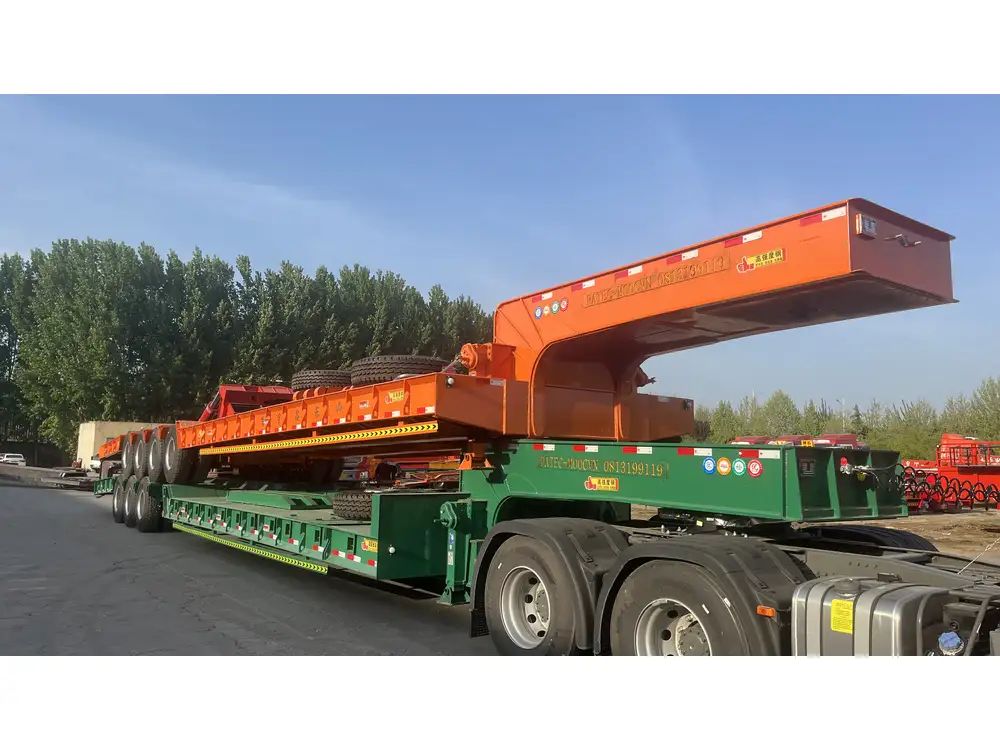
1. Upgrade to High-Quality Components
Investing in premium connectors, wiring, and harness systems ensures better conductivity and enhances the overall electrical integrity of the setup.
2. Implement Circuit Protection
Utilize circuit breakers and fuses not only as safety measures but also as aids in diagnosing electrical issues effectively.
3. Systematic Load Management
Distribute electrical loads evenly to prevent overheating of certain wires while ensuring all systems have adequate support.

Conclusion
Understanding harness current from semi trucks to trailers is paramount for ensuring the safety, efficiency, and longevity of semi-trailer operations. Through meticulous management of the electrical system, rigorous inspections, and addressing problems swiftly, we can minimize downtime and maintain an efficient fleet.
Whether you’re a seasoned fleet manager or a new driver entering the semi-truck world, keeping these principles in mind will safeguard your equipment and ensure your operations run smoothly. Ultimately, paying attention to the complexities of harness current can save time, reduce costs, and enhance the overall productivity of your transportation endeavors.



